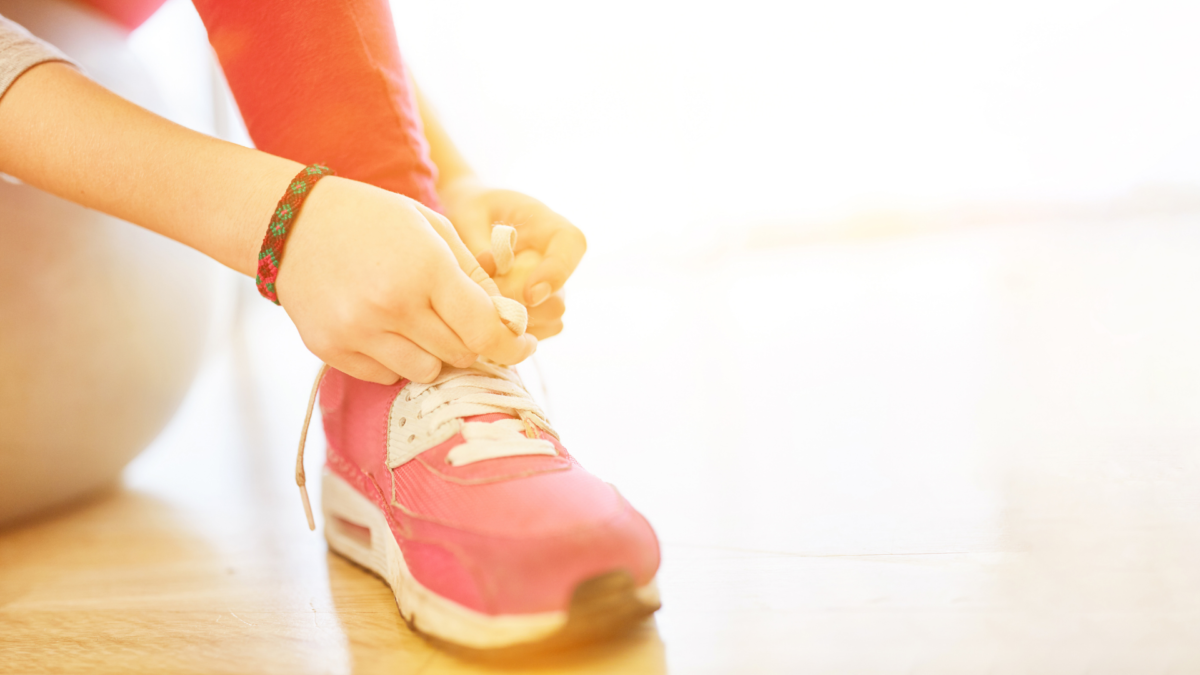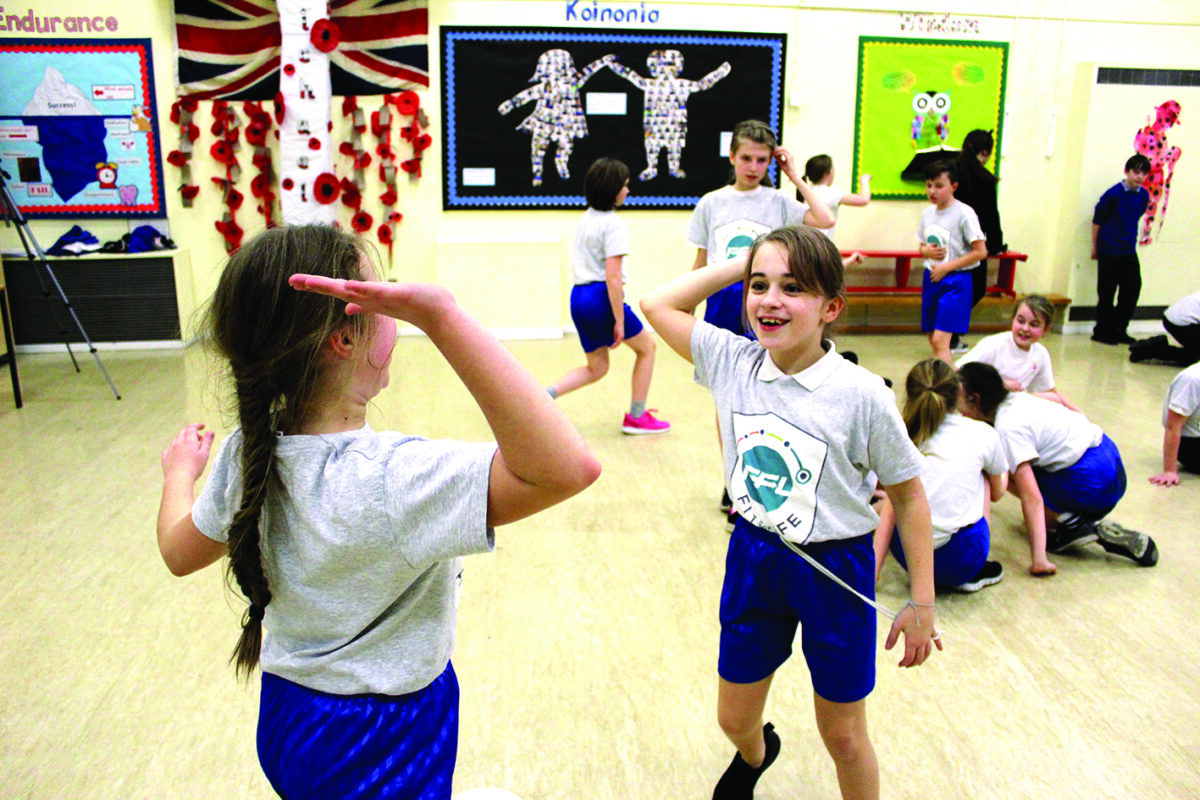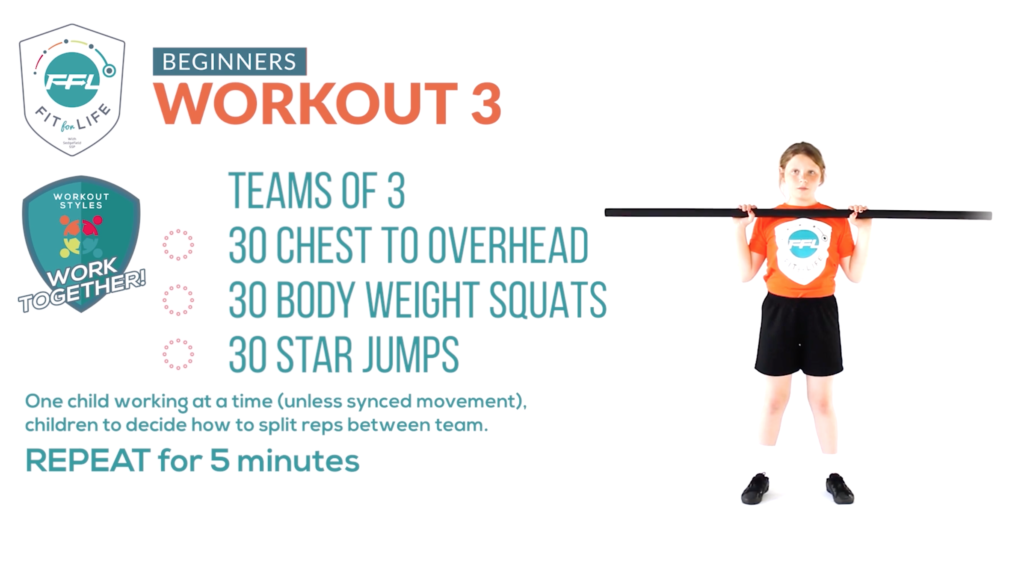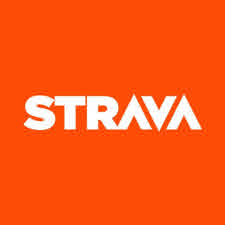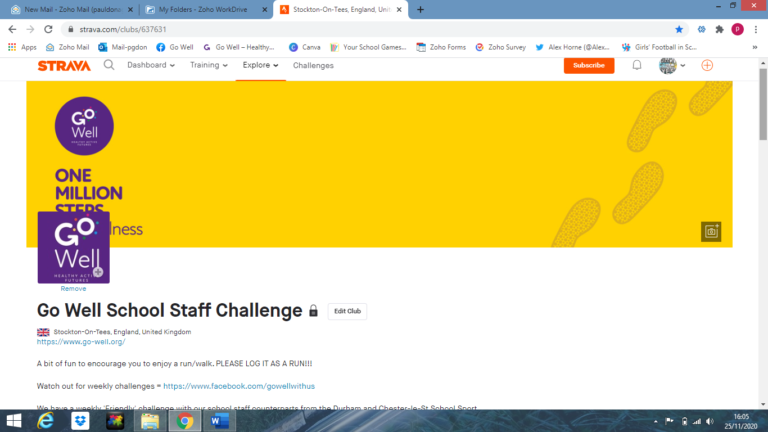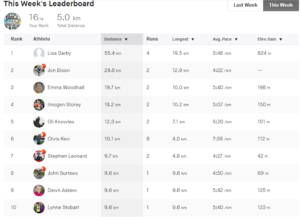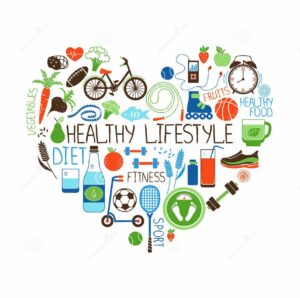I started to write this as I felt it important to reach out to those of you who are feeling scrutinized, de-valued and maybe even considering a career change given the current onslaught of changing expectations and guidance recently. It would not surprise me to know that some of you are questioning your “why?”
I want you to know that your role and the part you are playing is invaluable; priceless – what a privilege! I don’t need to remind you that every conversation, every lesson, every word that you speak creates memories. Some will be deleted but the ones with heartfelt emotions will be cemented forever; even more so during what is happening right now. Emotions are high and you are playing an instrumental role as a truly remarkable influence in the minds of every single one of the children and young people you spend time with and giving them the skills to navigate their way through such a confusing and difficult world.
The power of your words and your behaviour are continuing to transform hearts and minds on a daily basis, whether in person or virtually. How people make us feel is so important and something that we often remember for many years to come. YOU are doing an amazing job.
This huge responsibility that you carry every day, without a seconds thought, may be taking its toll. This is why it is essential that you prioritise looking after yourself and your own mental wellbeing, as what you do matters and you need to be able to do it and stay well, so you can enjoy your vocation. Be kind to yourself.
I have many friends, clients and family members who are educators and recognise how this last year has been such a difficult time for them – so many transformational individuals, who are weary, exhausted and giving so much when in reality they do not have much left in the way of emotional energy – so many burnt out and counting down to half-term hoping for an opportunity to recover.
Educators and when I write this, I mean anyone who works within education, regardless of role or title, have a significant, lifelong impact on all of their students. The biggest impact you have, is so powerful and is just as important as teaching academic skills; that is the fostering of student self-esteem. Reinforcing self-esteem is associated with an increased self-awareness, motivation and enthusiasm to learn and succeed. So, please, NEVER underestimate the power of what you do on a daily basis!
If one sentence at story time forty four years ago can stay with me for life, then what you are doing right now can inspire someone beyond all comprehension.
A Personal Reflection
I thought it was timely to share a personal story, one close to my heart, to lift spirits and offer an opportunity to step out of the chaos and space to think.
One of my earliest memories of first school, Whiston Worrygoose Junior and Infants, besides the initial wrench from being left for my first day, was my time with the most incredible teacher, Mrs Bissell . She gave us the space to be creative. She would have names for us that rhymed, I was Hannah Banner and loved it. Did I appreciate her at the time? I am unable to remember. Could it be that I mistakenly believed that this is how all my teachers were going to be?
What I do remember are key anecdotes, feelings of self- belief, curiosity and short bursts of overwhelming self-confidence; anything was possible while in her class.
It was around 1976; I was crouched on the corduroy carpet in the book corner, waiting for the most favourite part of my school day, story time. Mrs Bissell was one of the younger teachers, she dressed fashionably and I loved her shoe collection. She would sit and read to us; her right leg crossed over her left, circling her foot, american tan tights and patented platform shoes were mesmerizing. A behaviour which I would hold dear, and practice whenever I played at schools. I think I may still do it if I am reading during any of my workshops.
I can distinctly recall this particular day as Mrs Bissell was reading a book where she knew of the Author, she placed the book on her knee and looked at each and every one of us. ” Any one of you here has the ability to write a book, everyone has a story and if it’s possible in the world then it is possible for you”. I can recall the excitement and belief in my tummy, I was always the smallest in class and at this moment in time I felt like the tallest. I loved writing and I can even recall as young as six that this was something that I could do, unlike maths for example, or PE, where I quickly adapted to being last in the race.

There were other life lessons throughout my time with Mrs Bissell, all of which were underpinned by self-belief, a fire in my belly, a desire to be recognised by her and an empowering sense that I could achieve whatever I put my mind to.
Having met a string of teachers throughout my schooling that undermined my confidence or labelled me as incapable, my time with Mrs Bissell is all the fonder to look back at. I did re-discover this love of learning, many years later and I realised that I was bright, studying extensively and in love with how I could use this to help others. I just needed a why, a why to learn something bigger than me.
Only a few months ago while completing my first published book, my Publisher rang to ask if we were ready to go to print, was I happy? should she press send? It was strange that I thought straight away of Mrs Bissell – I had done it, I had actually written my own book! I wondered what she would think if she knew that Hannah Banner had eventually believed in herself and she had achieved more than she thought possible.
I felt strangely overwhelmed. Could it be the exhaustion of proofreading, a dead line or sheer relief that my book was finally finished? No it was something much more than that, a sense of pride and achievement that I had done it, I had done exactly what my six-year-old self had set out to do. It wasn’t my story but it was a book, which would help children and young people overcome barriers, which would enable them to be the best version of themselves. I know this is a cliché and it’s true, there is no better way of describing it.
Having moved away from my hometown at nineteen to work within specialist education I had no idea if Mrs Bissell was still around. I attempted to work out how old she would be now, but at six everyone seems ancient don’t they?
The anticipation for my books physical arrival was tense, I dreamed of typing errors and people laughing at my work, my teenage self-wanting to blend once more.
I witness the negative power and destruction of social media in the people I support, it’s easy when you are vulnerable to compare your worst day with someone else’s fake reality. However for a moment in time I felt immense gratitude for one particular platform, Facebook. A humorous post about socialising and then having to go to work the next day, I am unable to remember who had posted it, it must have been a contact of an old school friend. One comment jumped out, my stomach lurched, Anji Bissell had commented. I quickly messaged asking ” Mrs Bissell is this you?”
The following morning I rushed downstairs to discover a reply ” Hannah Banner it certainly is”. I was overwhelmed with joy and we messaged for most of the day, reminiscing and making sure that Mrs Bissell knew exactly how my time with her had shaped my life. She had remained local and was only living a mile away from my parents. Therein lies another message, do not ever take for granted that you will have an opportunity to do this. If someone has influenced you and given you a gift of words, time or their wisdom, then tell them now; do not wait as that day may never come. They need to know.
Standing on her doorstep with a copy of my book and an armful of flowers on Christmas Day this year was the best gift I could ever have ever had. The pride I felt delivering a dedicated copy was something else, it felt like I was closing a circle, tying up loose ends and I loved recounting the stories that had stayed with me throughout my life.
Mrs Bissell’s voice took me back to the classroom, which I did not expect and she still looked the same, having the same charisma and presence. It was an emotional reunion. She modestly brushed off my sentiments, that she was just doing her job. I think this is what makes her so special, she affected so many children and changed their lives, just by being herself. I will not be alone or unique, in my memories; I think that there are hundreds of people, who have their own Mrs Bissell story,
We stay in touch and write or message often, she has reviewed my book, which I have to admit was slightly nerve wracking and we have plans to lunch when it’s safe to do so. It was important to me that she liked The Brainy Bunch; I wanted her feedback because it still mattered to me. When she wrote saying that she could hear my voice and feel my personality in every page I was delighted. This was not just feedback from a highly experienced educator, this was someone who had inspired me all those years ago to dream big and work at it.
In examining my own memories I ask you to do the same, I have worked with thousands of teachers who often question their impact, yet still deliver an amazing education for those they teach. What you do matters. You do have a lifelong impact on all of your students, this involves not just academic subjects but as importantly, the fostering of self-esteem, self-awareness and turning what feels impossible into
inevitable. How powerful is that?
Hannah’s Bio
Author – Speaker – Facilitator – Therapist
www.hannahbellclarity.com
Hannah’s early career started off in education and many years later she has come full circle. Throughout her second career as a police officer, she developed a curiosity for the brain and a love of learning. She achieved a BA (Hons) in Education at Leeds University and a Certificate in Education from Sunderland University. Since then she has continued to study, and she holds advanced qualifications in Neurolinguistic Programming; Hypnotherapy; and Applied Neuroscience as well as being a Practitioner in Brain and Behaviour Change.
Hannah has a natural ability to make sense of the science and transform it into straightforward, easy to understand tools and techniques. Insights which often create light bulb moments for many of her delegates, learning which is easily shared with others. Hannah’s delivery style is warm and humorous as she believes learning needs to be enjoyable to be memorable Combining her fascination with neuroscience and her love of learning, Hannah has written and created ‘The Brainy Bunch’, a unique concept and creative means of being able to support children and young people to reach their full potential.
The Brainy Bunch – a quirky family of characters who represent chemicals and parts of the brain. Being able to provide children with helpful tools and techniques like this from an early age will undoubtedly lead to them developing into confident, self-aware and resilient adults.
Hannah has collaborated with Go Well to create the Team Up programme which incorporates the Brainy Bunch into an education programme to support children and young people to develop tools and techniques to stay well and thrive.
Hannah’s company, Hannah Bell Clarity, delivers workshops internationally to help organisations understand how to use their brain effectively to improve employee wellbeing and to create a culture of self-care.














